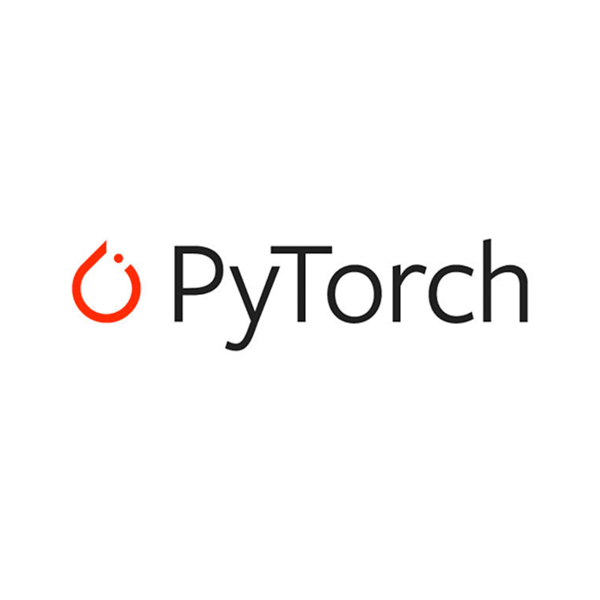
For those interested in the field of artificial intelligence, a good place to start is with an artificial-intelligence 101 course. This course is broken down into five topics that provide general information about each topic. This course will cover the history and use of AI, as well as its uses and types. It also discusses AI science and new AI technologies. Whether you're interested in artificial intelligence as a career or as a hobby, this course will give you an overview of AI's current state.
Artificial General Intelligence
When we talk about AI, we usually refer to machines that are on par with human capabilities. These machines are capable to do any task that humans can. They also perform it more efficiently than human beings. However, AI systems are limited in their capabilities. They are programmed to perform a specific function. They are not capable of performing any tasks that haven't been assigned to them. AI applications are unable to replicate the wide range of human skills.

Augmented intelligence
Augmented intelligence is the use of computer programs that augment the human mind. For instance, the computer could read the user's preferences and suggest movies similar to the one they are currently watching. A data-driven algorithm would allow it to make your decisions. Augmented intelligence is one the most advanced technologies in the world today. It combines technology and human resources to achieve the best results.
Machine learning
Machine learning is the ability to identify patterns in data and predict future behavior. There are two types, supervised or unsupervised, of machine learning. Supervised Machine Learning refers to applying artificial intelligence to decision-making activities. Deep learning aims at replicating the brain's intricate structure. During the training phase, a machine that has been trained learns from past examples and applies that knowledge towards a real-world challenge.
Self-correcting procedures
Self-correcting methods in artificial intelligence can prove to be a powerful tool for machine learning systems development. Self-correcting AI is a way to improve the performance of a model and eliminate any problems related to training it. A system's decisions often are based on a set rules. It is only used once for a particular task. It is possible to make artificial intelligence more effective by using self-correction.

Self-awareness
Self-awareness describes the process by which a machine learns how to recognize its own behavior, emotions, and thoughts. Self-aware systems can form representations about themselves that are based upon their personality and inner states. In other words, these machines are able to make decisions and make better decisions than they could on their own. This is an important step towards the development of AI. Realizing limited memory AI is the first step in self-awareness. Once this is achieved self-aware AI will mimic human behavior and become self conscious.
FAQ
What is the role of AI?
An algorithm is a sequence of instructions that instructs a computer to solve a problem. An algorithm can be described in a series of steps. Each step has a condition that determines when it should execute. Each instruction is executed sequentially by the computer until all conditions have been met. This process repeats until the final result is achieved.
Let's take, for example, the square root of 5. If you wanted to find the square root of 5, you could write down every number from 1 through 10. Then calculate the square root and take the average. You could instead use the following formula to write down:
sqrt(x) x^0.5
This means that you need to square your input, divide it with 2, and multiply it by 0.5.
A computer follows this same principle. It takes the input and divides it. Then, it multiplies that number by 0.5. Finally, it outputs its answer.
Are there any AI-related risks?
It is. They will always be. AI is a significant threat to society, according to some experts. Others argue that AI is not only beneficial but also necessary to improve the quality of life.
The biggest concern about AI is the potential for misuse. It could have dangerous consequences if AI becomes too powerful. This includes robot dictators and autonomous weapons.
AI could eventually replace jobs. Many people worry that robots may replace workers. Others believe that artificial intelligence may allow workers to concentrate on other aspects of the job.
For instance, economists have predicted that automation could increase productivity as well as reduce unemployment.
Who created AI?
Alan Turing
Turing was created in 1912. His father, a clergyman, was his mother, a nurse. He was an exceptional student of mathematics, but he felt depressed after being denied by Cambridge University. He discovered chess and won several tournaments. After World War II, he was employed at Bletchley Park in Britain, where he cracked German codes.
He died in 1954.
John McCarthy
McCarthy was born 1928. Before joining MIT, he studied maths at Princeton University. He developed the LISP programming language. He had laid the foundations to modern AI by 1957.
He died in 2011.
Statistics
- In the first half of 2017, the company discovered and banned 300,000 terrorist-linked accounts, 95 percent of which were found by non-human, artificially intelligent machines. (builtin.com)
- While all of it is still what seems like a far way off, the future of this technology presents a Catch-22, able to solve the world's problems and likely to power all the A.I. systems on earth, but also incredibly dangerous in the wrong hands. (forbes.com)
- In 2019, AI adoption among large companies increased by 47% compared to 2018, according to the latest Artificial IntelligenceIndex report. (marsner.com)
- By using BrainBox AI, commercial buildings can reduce total energy costs by 25% and improves occupant comfort by 60%. (analyticsinsight.net)
- According to the company's website, more than 800 financial firms use AlphaSense, including some Fortune 500 corporations. (builtin.com)
External Links
How To
How to build an AI program
To build a simple AI program, you'll need to know how to code. Many programming languages are available, but we recommend Python because it's easy to understand, and there are many free online resources like YouTube videos and courses.
Here is a quick tutorial about how to create a basic project called "Hello World".
To begin, you will need to open another file. On Windows, you can press Ctrl+N and on Macs Command+N to open a new file.
In the box, enter hello world. Enter to save this file.
For the program to run, press F5
The program should display Hello World!
This is only the beginning. These tutorials will show you how to create more complex programs.